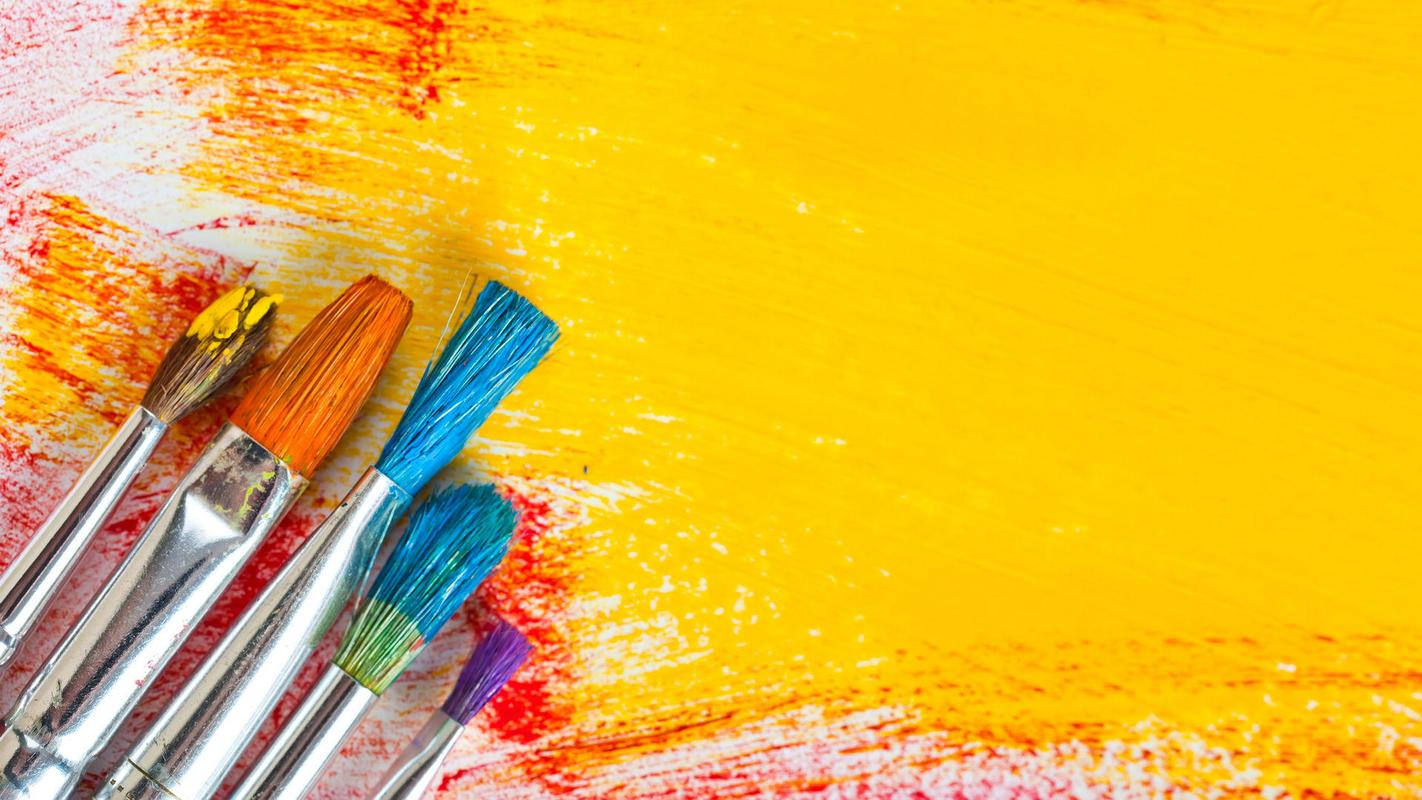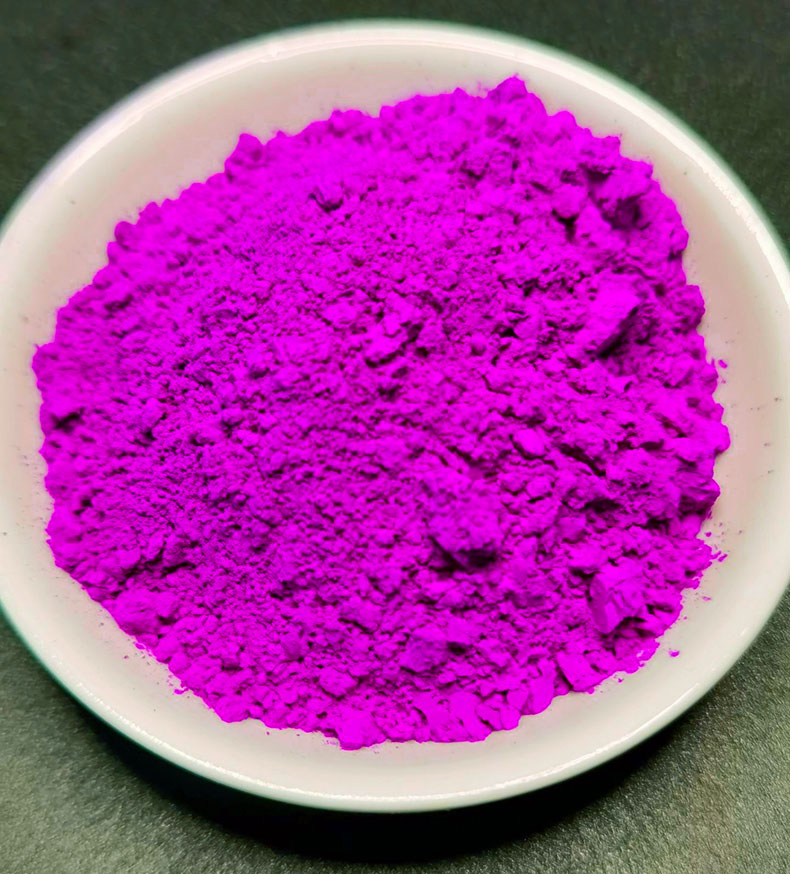Blue inorganic pigment dyes, alkali, heat, light, acid decomposition and fading, insoluble in water
It is a blue inorganic pigment that occupies a place in blue pigments with its unique red light. Ultramarine products are extremely versatile. In coloring, it is used in blue paint, paint, rubber, ink, oilcloth, painting and building exterior wall painting, and in white paper making, soap washing powder, starch, white products and civilian wall painting
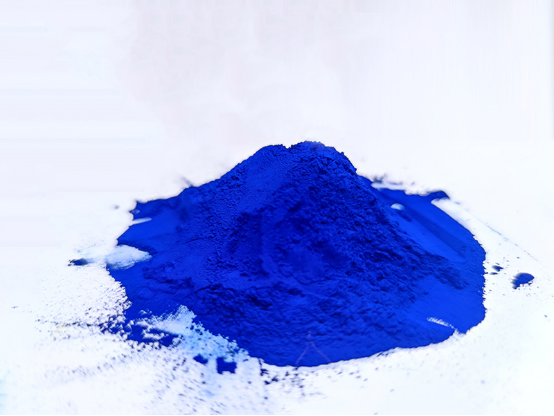
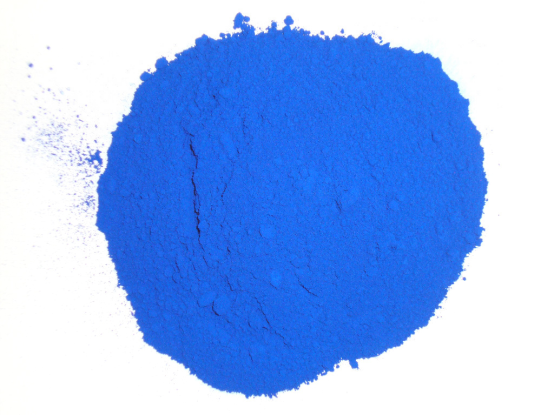
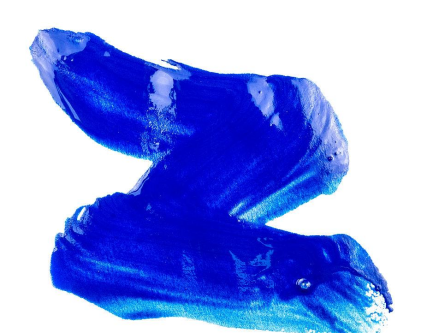
Molecular formula: Na6Al4Si6S4O20
Properties: Ultramarine is a bright color of blue powder, can eliminate the yellow light in the white matter, alkali, heat, light resistance, acid decomposition and fading, insoluble in water. Ultramarine is an inorganic pigment. It is a mixture of sulfur, clay, quartz and carbon.
Purpose:
① Coloring: used in paint, rubber, printing and dyeing, ink, color painting, construction and so on.
② White: used in paint, knitting industry, paper making, detergent and so on.
③ Special for painting: Mixing oil, glue and acrylic with ultramarine powder can be made into oil painting, watercolor painting, gouache painting and acrylic painting pigments. Ultramarine is a mineral pigment, transparent, weak and bright, not suitable for painting very dark tones. It is suitable for decorative colors, especially in ancient Chinese buildings.
English name :ultramarine blue
Solubility: ultramarine pigment has a good hydrophilicity, easy to be destroyed by acid aqueous solution. But that's not to say that ultramarine dissolves in water or some organic solvent.
In fact, the molecular formula of blue ultramarine is Na6Al6Si6S4O20, which is an inorganic substance that can only melt at high temperatures and cannot be dissolved in general organic or inorganic solvents
The use of ultramarine pigments in the paint is not the ultramarine dissolved in it, but the pigments, resins, fillers, etc., are uniformly dispersed together, our mixing is just to make them mix more evenly, if the dispersion of ultramarine is not uniform, it will cause color differences, and it may also increase the amount of pigments.




